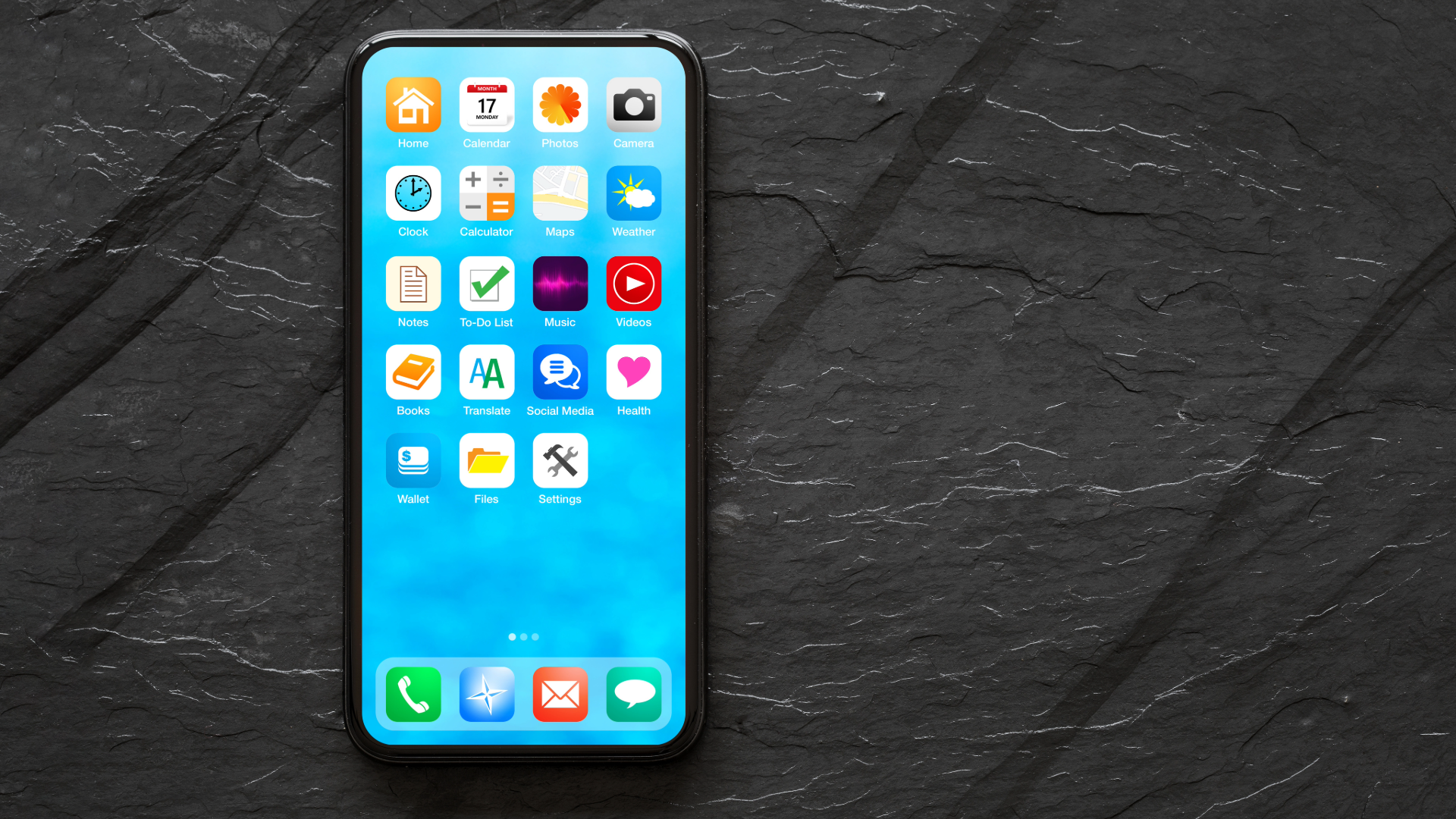Build Wealth with Life Insurance
Do you know about the advantages of life insurance?

How do wealthy people use life insurance to their advantage?
Wealthy individuals often use life insurance as part of sophisticated financial planning strategies to minimize taxes, protect their estates, and pass wealth on to heirs. Here are several ways they do this:
1. Tax-Free Death Benefit
The death benefit from a life insurance policy is typically not subject to federal income tax. Wealthy individuals use this to transfer a large sum of money to their heirs tax-free, allowing them to preserve more of their estate. This can be especially useful for covering estate taxes, so that other assets don’t need to be sold to pay those taxes.
2. Irrevocable Life Insurance Trusts (ILIT)
Wealthy individuals often place life insurance policies in an Irrevocable Life Insurance Trust (ILIT). By doing this, the life insurance proceeds are excluded from the individual’s taxable estate. The trust owns the policy, so the death benefit does not count toward the estate’s value, reducing potential estate taxes.
3. Cash Value Accumulation (Permanent Life Insurance)
Whole life or universal life insurance policies accumulate a cash value over time, which grows tax-deferred. Wealthy individuals can borrow against the cash value or withdraw funds without triggering taxes, as long as the policy remains in force. This can serve as a tax-efficient way to access funds during their lifetime without paying capital gains or income taxes.
4. Wealth Transfer and Gift Tax Benefits
Life insurance can be part of a strategy to transfer wealth while minimizing gift taxes. Wealthy individuals can contribute money to an ILIT or another entity, which then uses the funds to pay life insurance premiums. This allows them to transfer assets outside their estate while keeping the life insurance proceeds tax-free for heirs.
5. Premium Financing
Some wealthy individuals use premium financing, where they borrow money to pay the premiums on a large life insurance policy. The policy's death benefit repays the loan, and any excess goes to the heirs tax-free. This allows them to preserve liquidity and avoid using their own capital for premium payments.
6. Charitable Giving
Life insurance can also be used to create tax-efficient charitable donations. By naming a charity as the beneficiary of a life insurance policy, individuals can make significant contributions upon death, while possibly receiving tax benefits for the premium payments during their lifetime.
7. Estate Liquidity
When someone passes away, their estate may be subject to federal or state estate taxes. Life insurance proceeds can provide liquidity to the estate, helping to pay these taxes without forcing the sale of other estate assets, such as property or business interests.
8. Tax-Advantaged Loans
By borrowing against the cash value of a permanent life insurance policy, individuals can access funds without triggering a taxable event. Since loans are not considered income, they can provide a way to access capital without selling investments or paying income taxes.
Life insurance can be a powerful tool for tax minimization, estate planning, and wealth transfer, particularly when structured carefully through trusts, premium financing, and strategic use of cash value.
Recent posts



